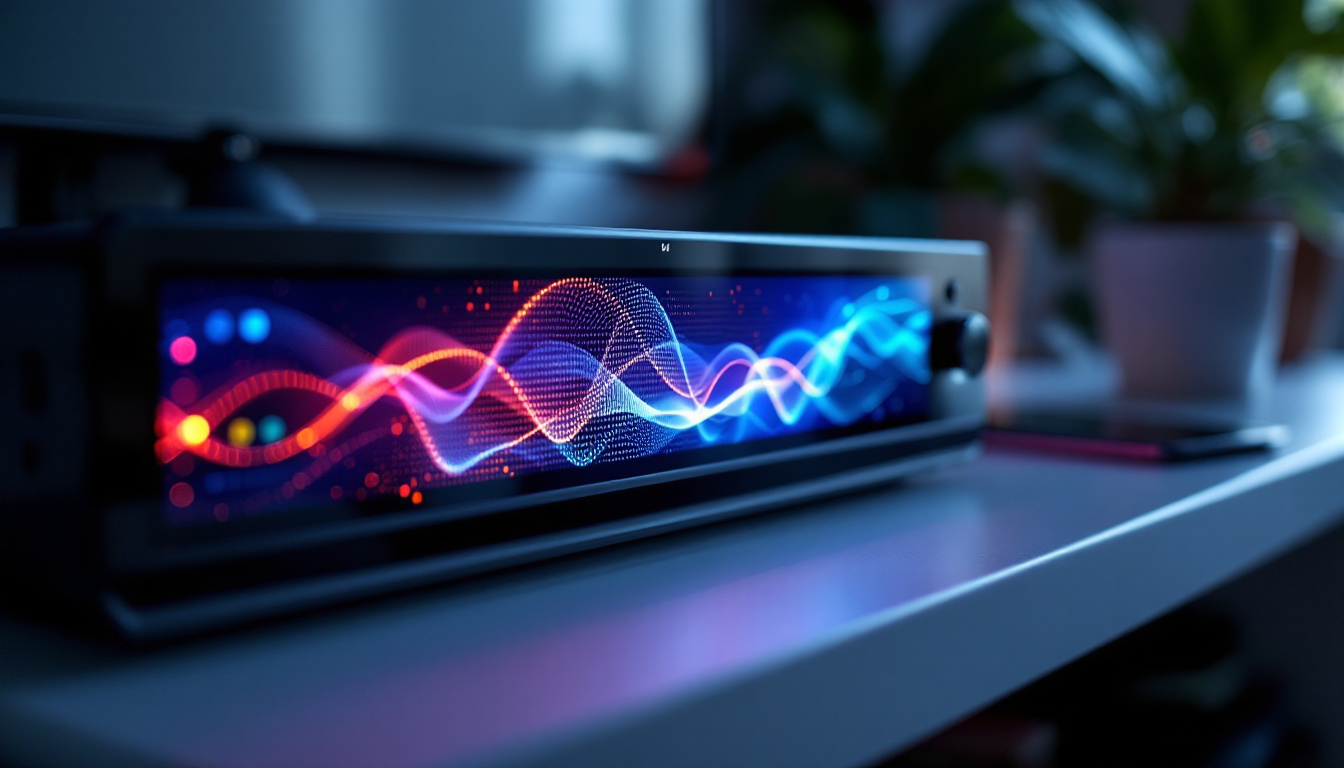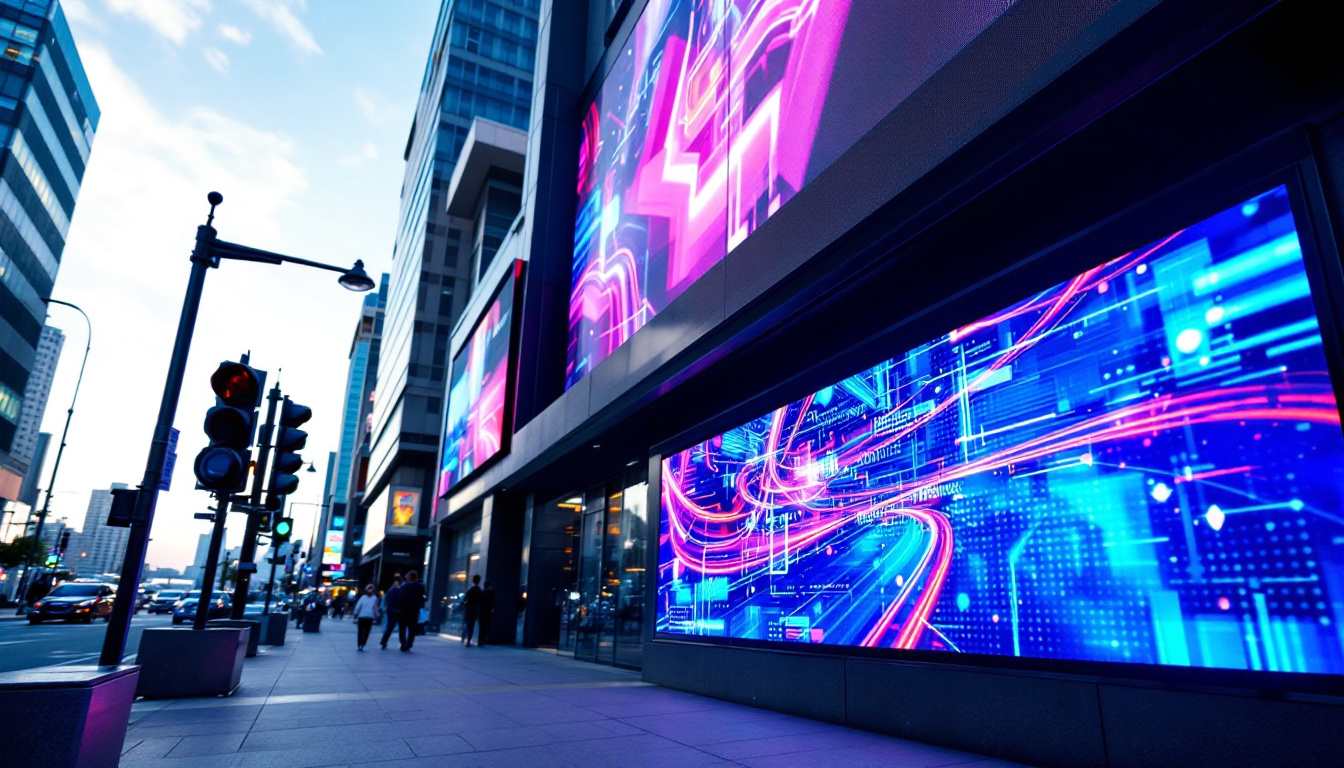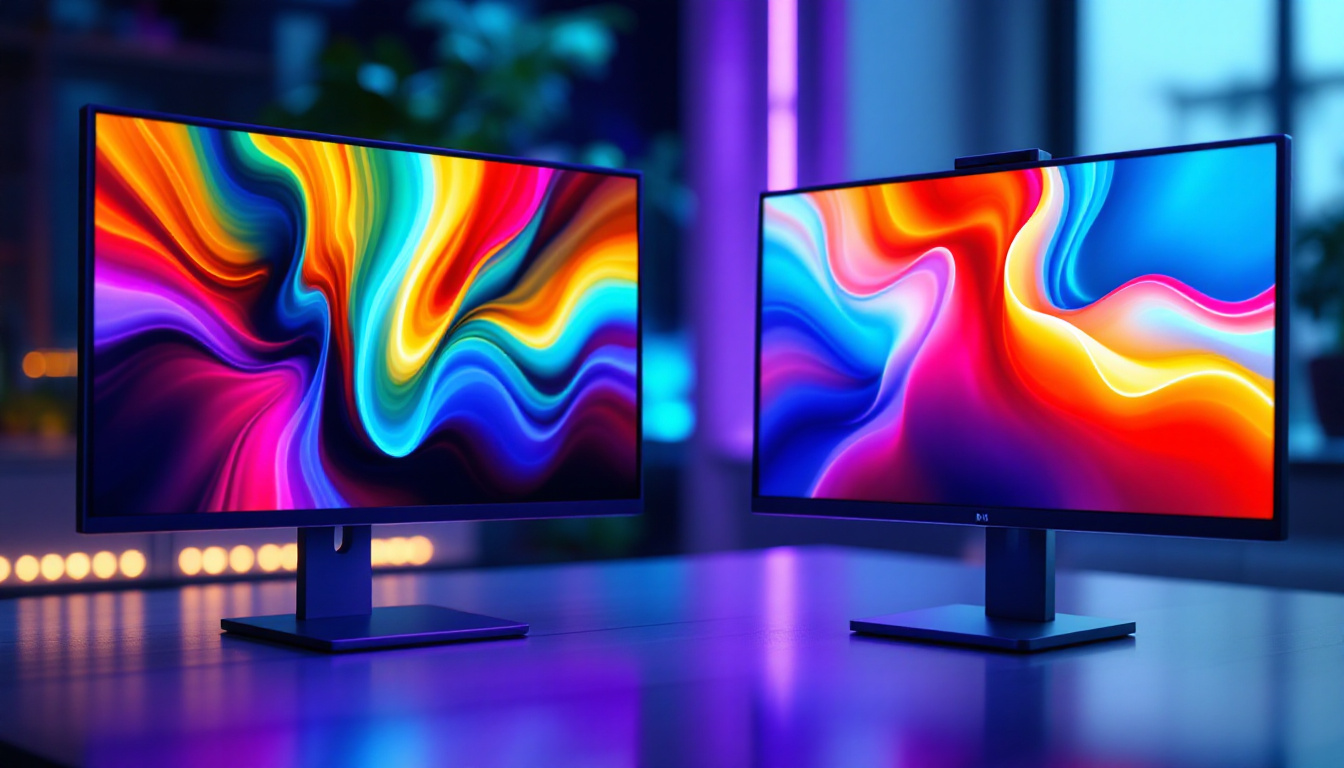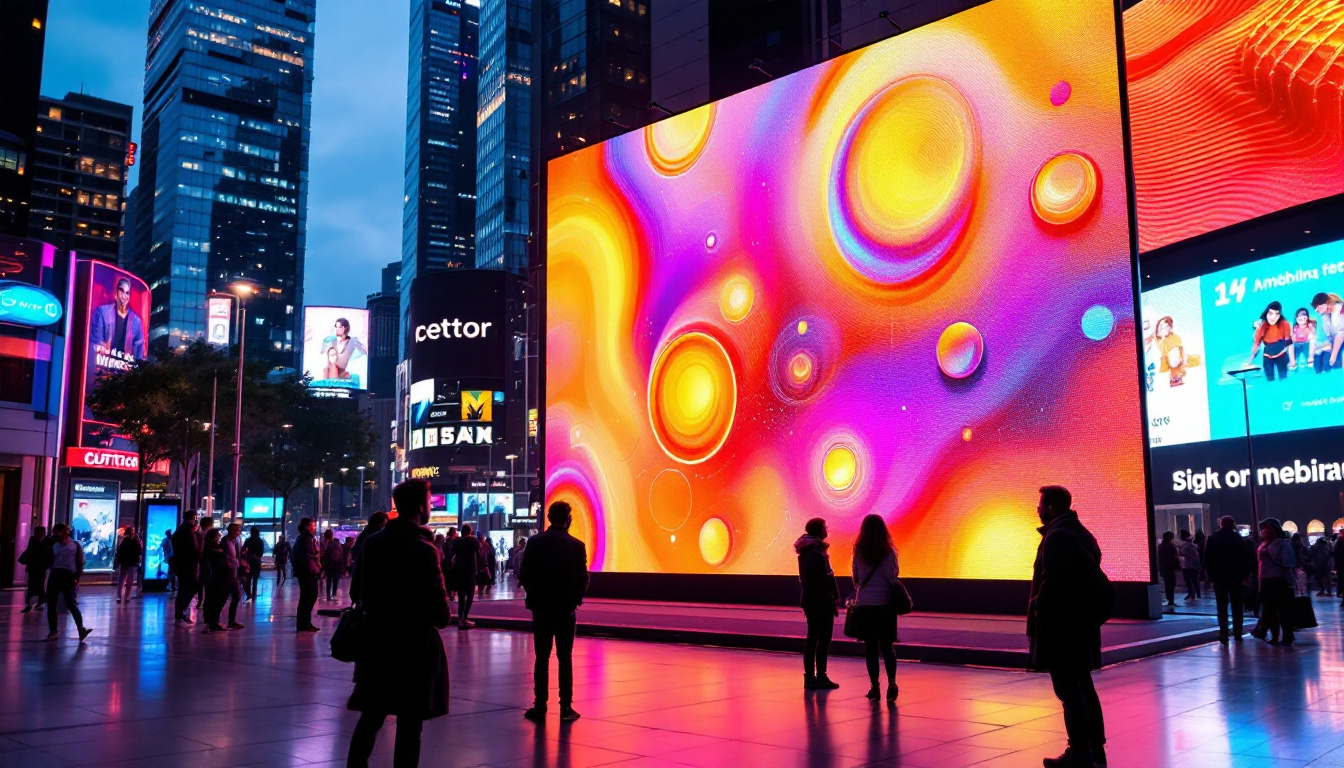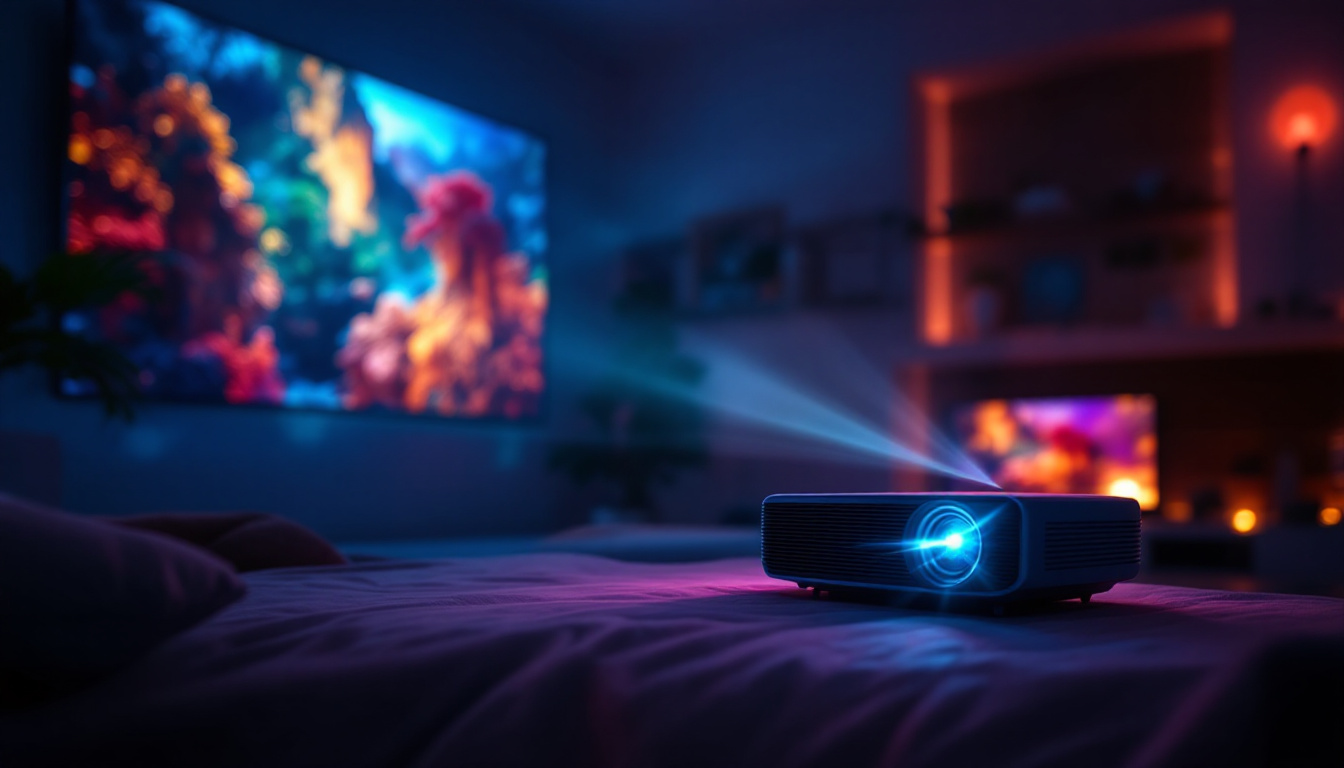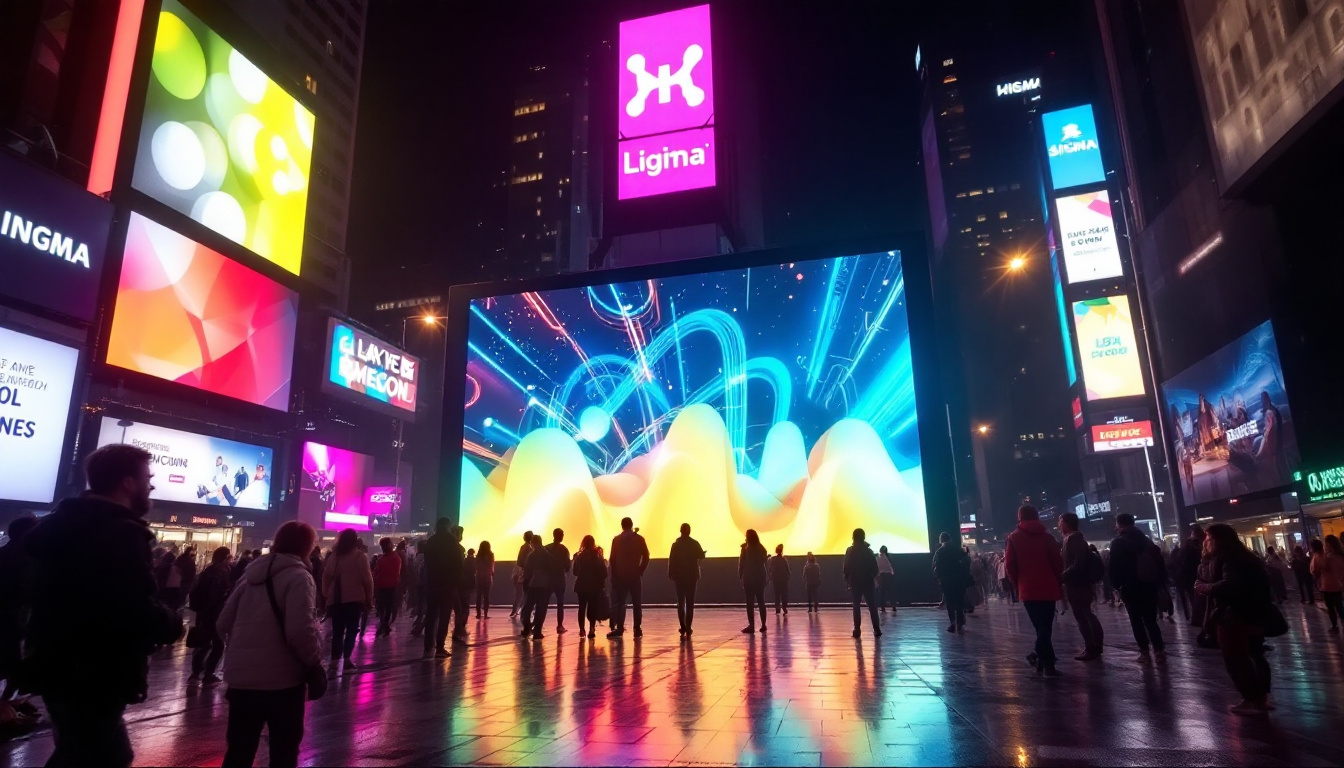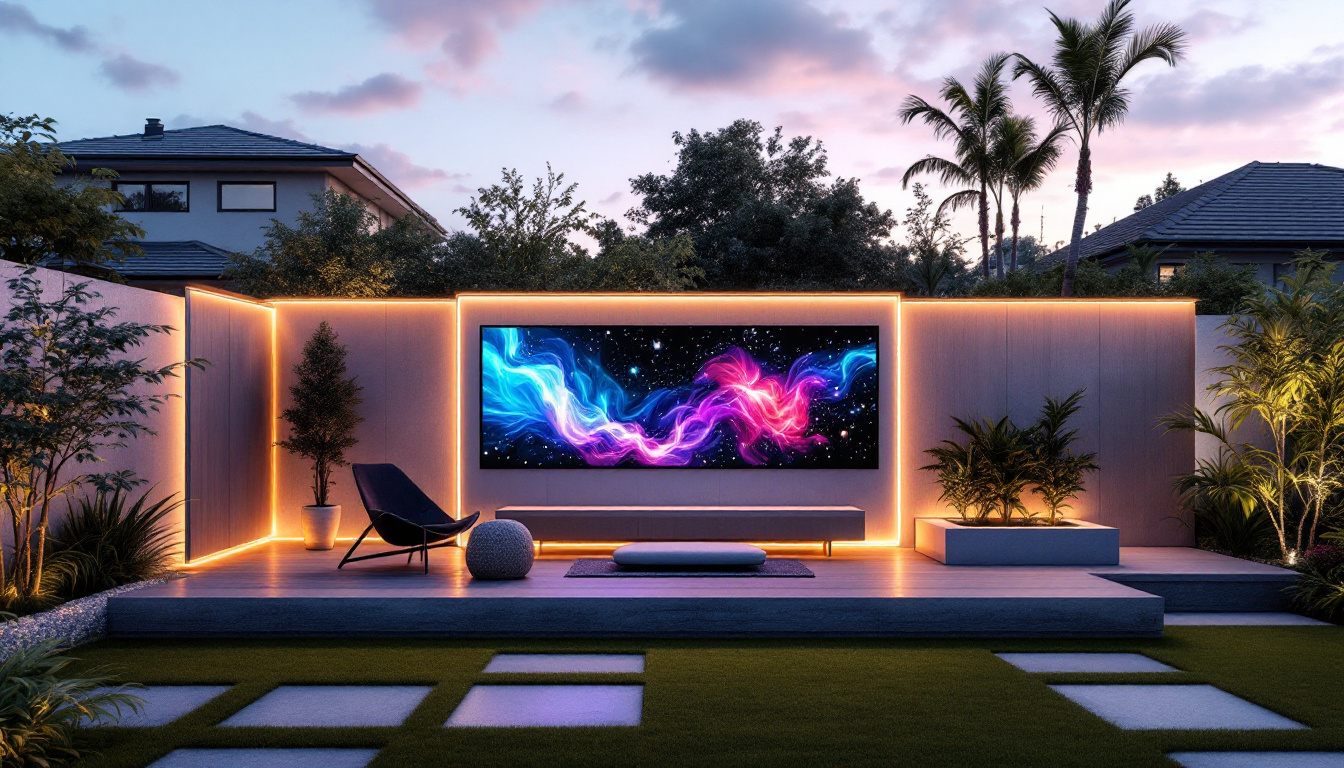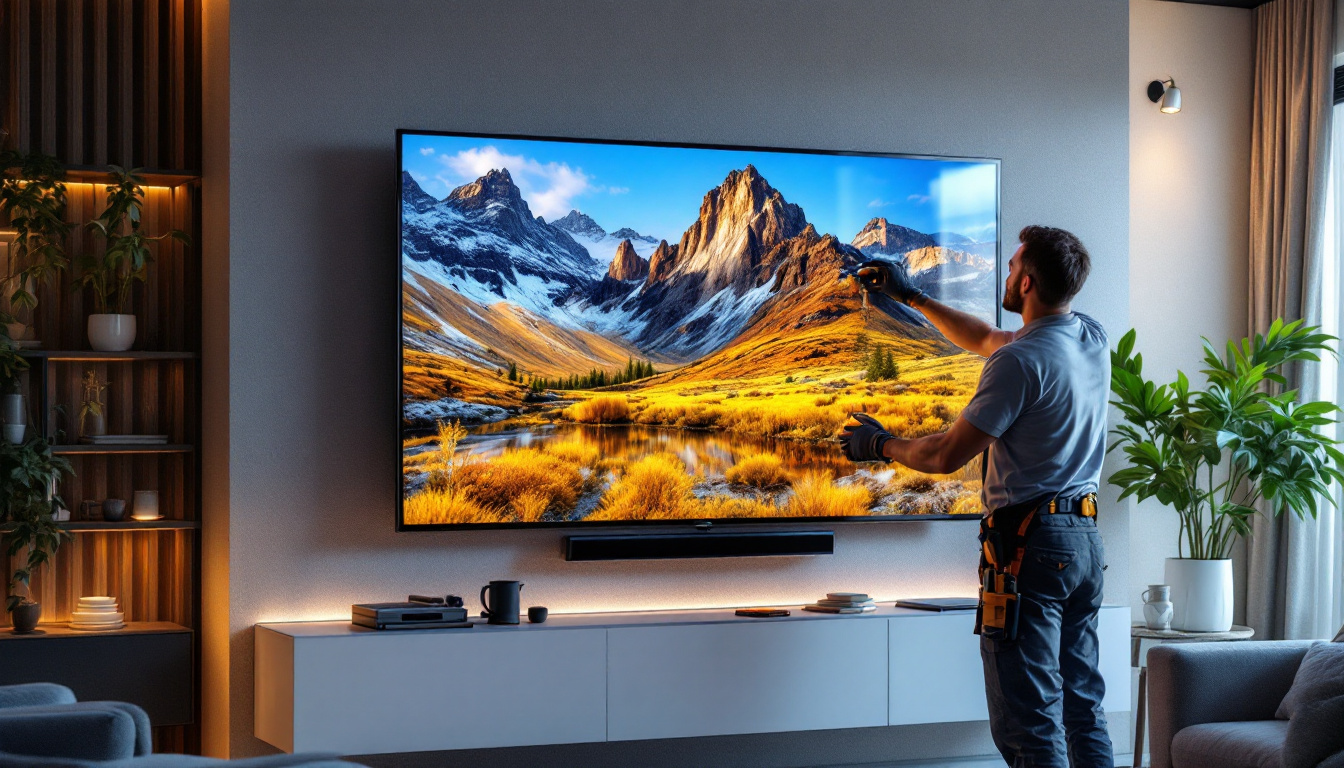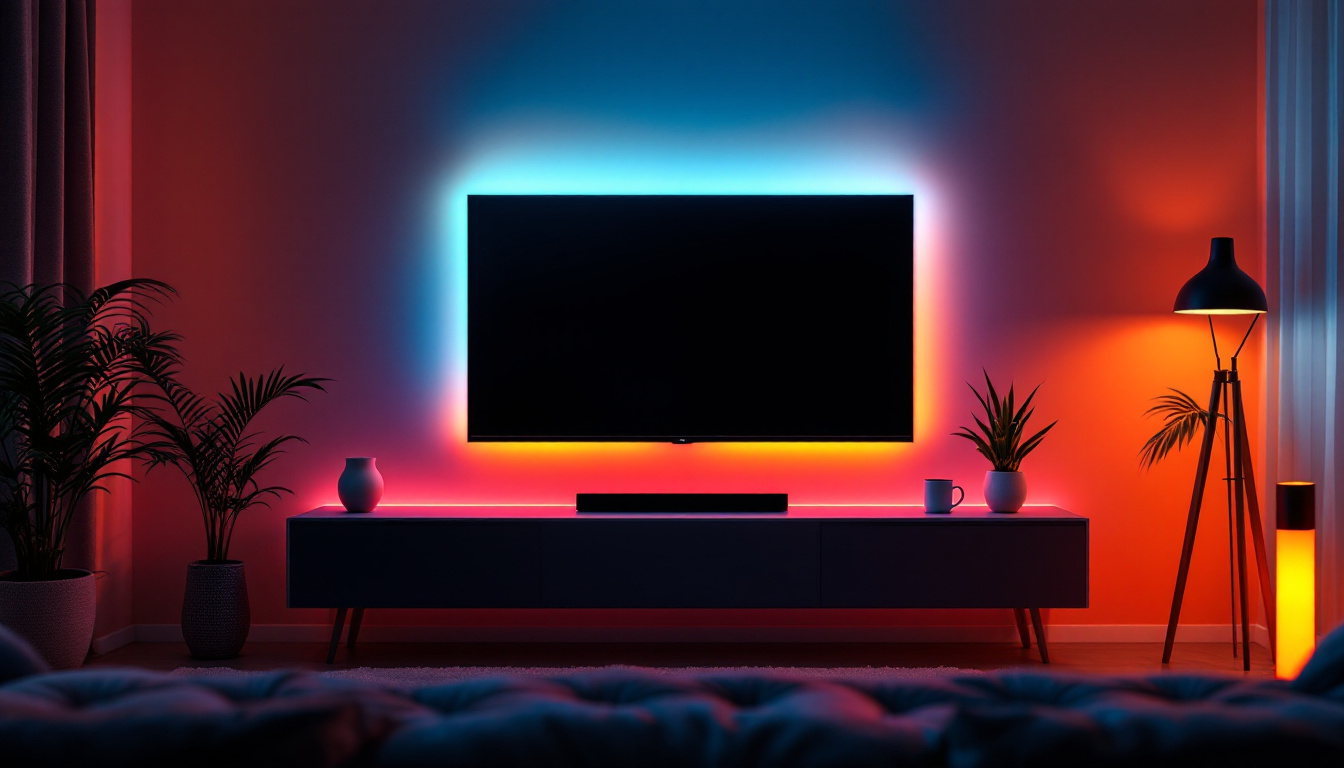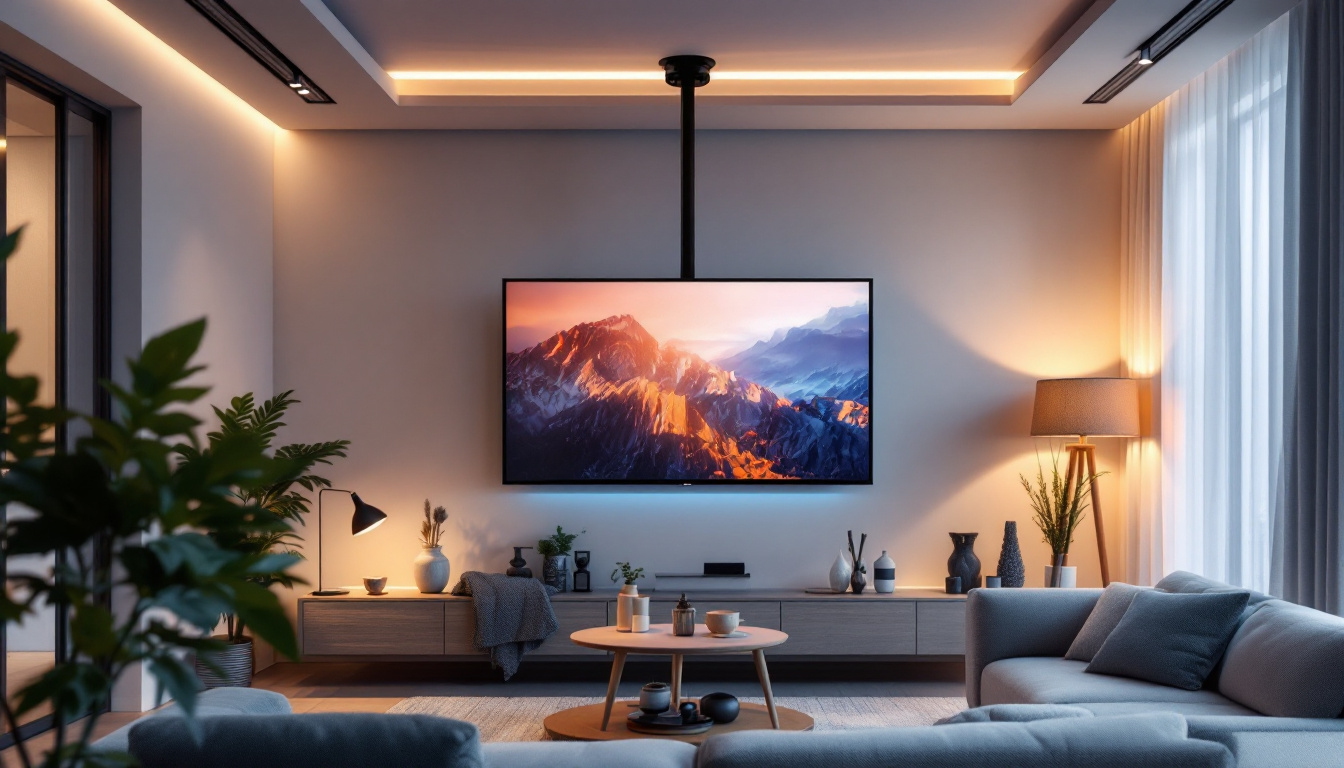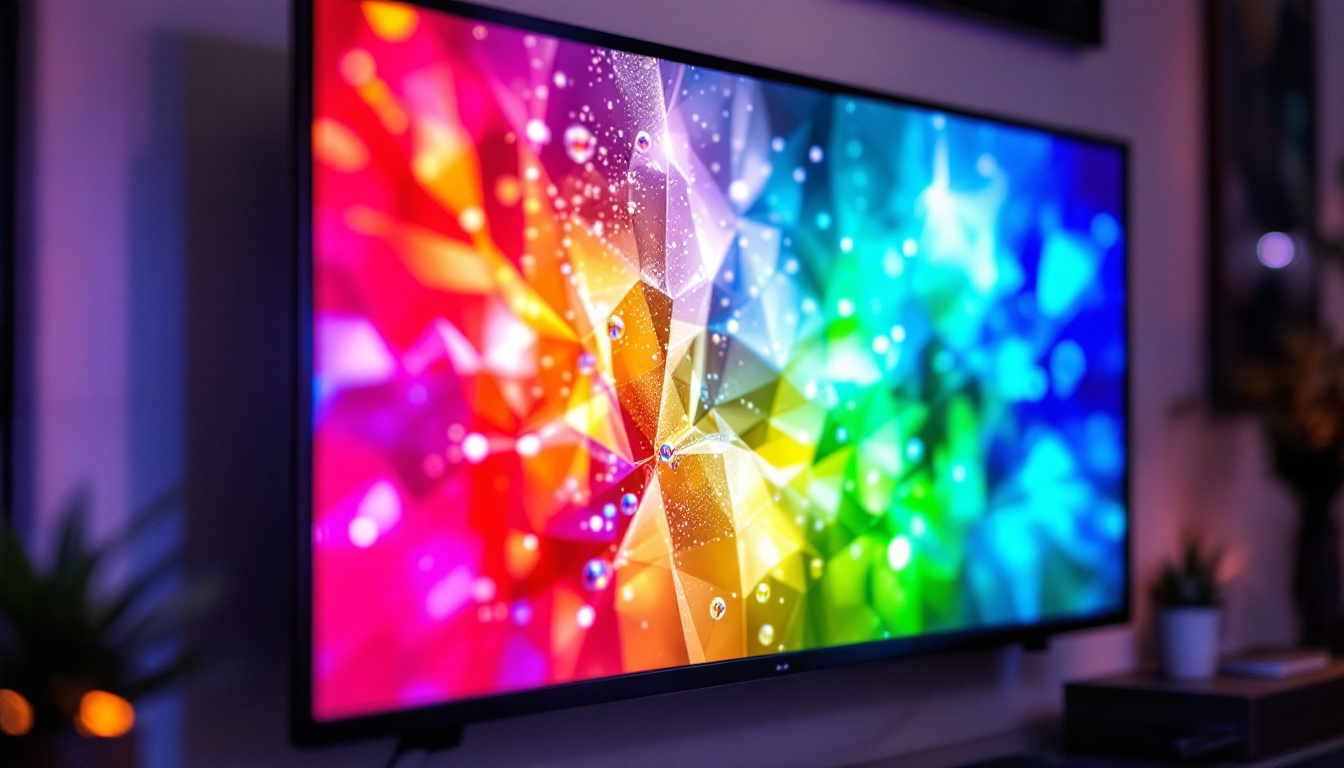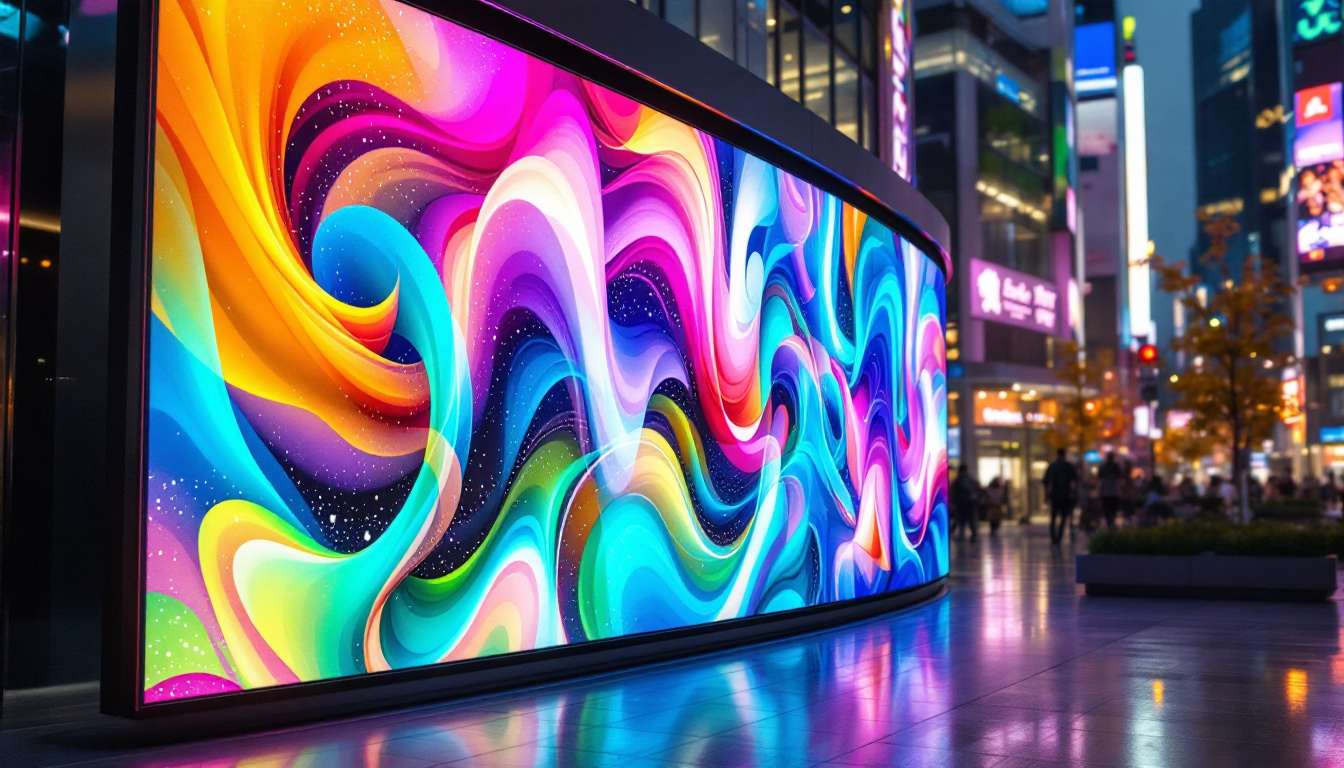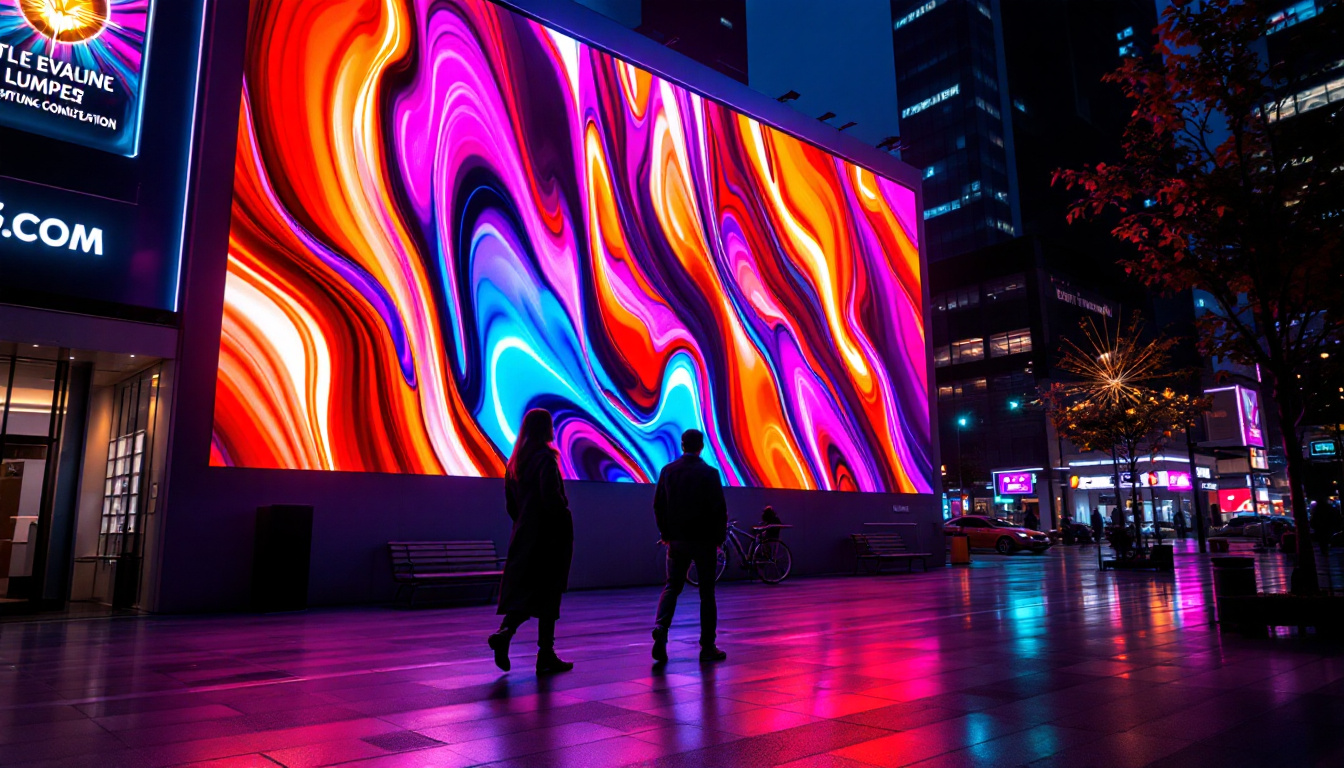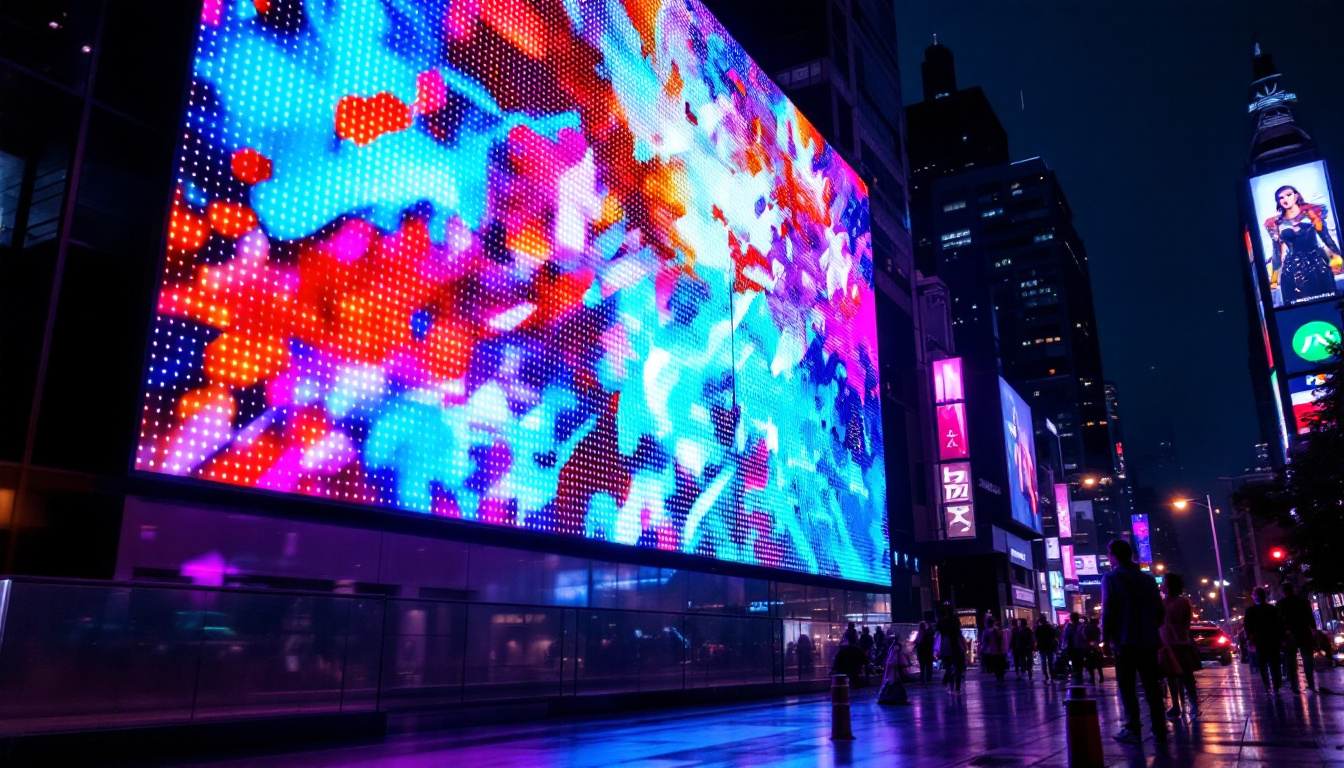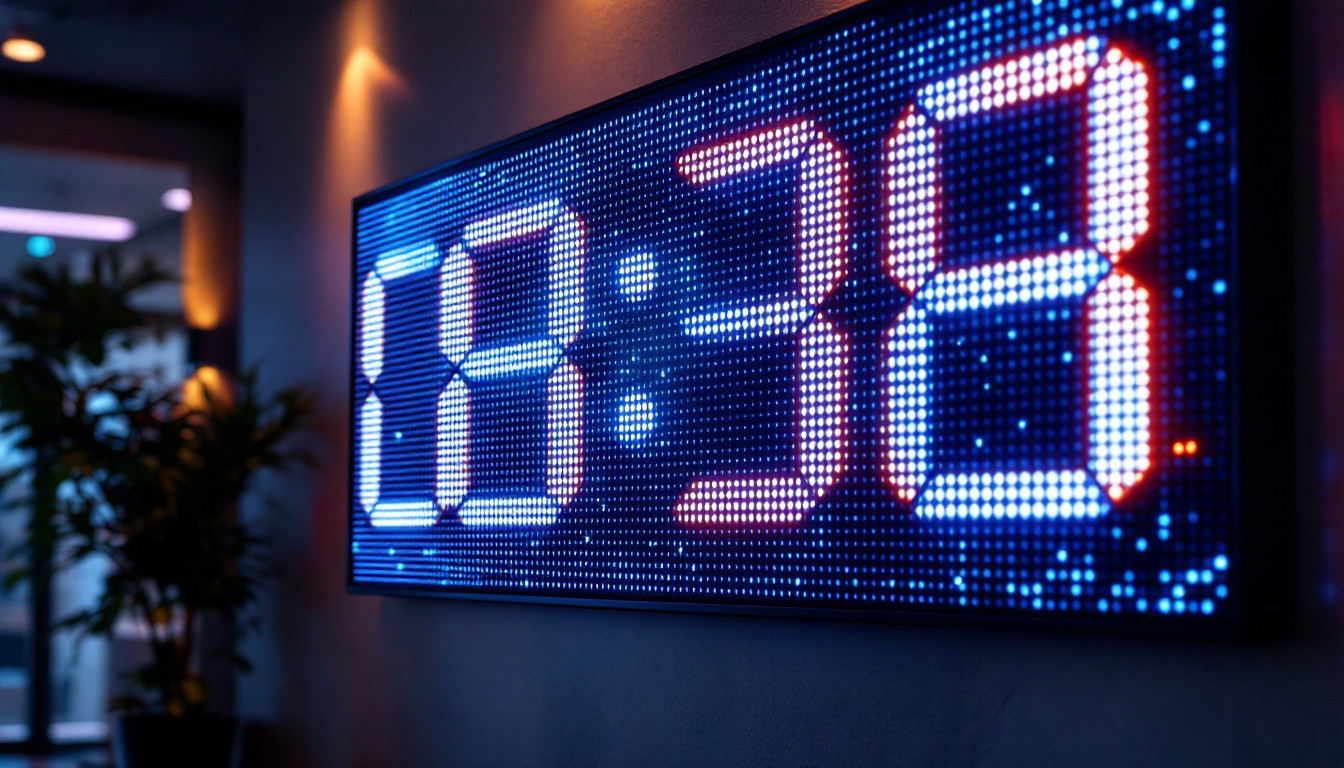In the ever-evolving world of audio technology, high-definition audio has emerged as a significant advancement, offering listeners an unparalleled experience. This article delves into the intricacies of high-definition audio, with a particular focus on LED displays that accompany audio devices. Understanding how these displays function and their role in enhancing the listening experience is essential for any audiophile or casual listener alike.
Understanding High-Definition Audio
High-definition audio refers to sound quality that exceeds the standard CD audio quality, typically characterized by higher sample rates and bit depths. This advancement allows for a more accurate representation of the original sound, capturing nuances and details that standard audio formats may miss.
What is High-Definition Audio?
High-definition audio encompasses various formats, including lossless audio codecs like FLAC (Free Lossless Audio Codec) and ALAC (Apple Lossless Audio Codec). These formats preserve the original sound quality without any loss of data, making them ideal for audiophiles who seek the best listening experience.
In contrast, lossy formats such as MP3 compress audio data, resulting in a loss of quality. While these formats are convenient for storage and streaming, they do not provide the same level of detail and clarity as high-definition audio formats. The difference can be particularly noticeable in complex musical passages, where the richness of the sound can be diminished in lower-quality formats, leading to a less immersive listening experience.
The Benefits of High-Definition Audio
The primary advantage of high-definition audio is the enhanced sound quality. Listeners can experience a broader dynamic range, allowing for softer sounds to be heard alongside louder ones without distortion. This feature is particularly beneficial in genres like classical music, where the subtleties of the performance can be lost in lower-quality formats.
Moreover, high-definition audio is often accompanied by advanced playback equipment, including high-quality DACs (Digital-to-Analog Converters) and amplifiers. These devices work in tandem to deliver a superior audio experience, ensuring that every note and nuance is faithfully reproduced. The synergy between high-definition audio files and top-tier playback systems can transport listeners into the heart of a performance, making them feel as though they are sitting in the front row of a concert hall.
In addition to the technical advantages, high-definition audio also opens up a world of artistic expression for musicians and sound engineers. With the ability to capture and reproduce sound with remarkable fidelity, artists can experiment with intricate soundscapes and layering techniques that were previously unattainable in lower-resolution formats. This freedom allows for a more profound connection between the artist and the listener, as every detail in the recording can convey emotion and intention in a way that resonates deeply with the audience.
The Role of LED Displays in Audio Devices
LED displays have become a common feature in modern audio devices, serving both functional and aesthetic purposes. These displays provide essential information to users, enhancing the overall experience of high-definition audio playback.
Functionality of LED Displays
One of the primary functions of LED displays in audio devices is to provide real-time information about the audio being played. This includes details such as track title, artist name, album artwork, and playback time. Such information allows users to navigate their music libraries easily and enhances the overall user experience.
Additionally, LED displays often indicate the audio format being played, which is particularly useful for users who are keen on high-definition audio. Knowing whether the device is playing a lossless format or a standard format can help listeners make informed choices about their audio playback settings.
Moreover, many LED displays incorporate visual indicators for volume levels and equalizer settings. This feature not only helps users adjust their listening experience to their personal preferences but also allows them to visualize the sound dynamics in real-time. For instance, a user can see how the bass levels fluctuate with different tracks, providing a more immersive experience that complements the auditory elements.
Aesthetic Appeal of LED Displays
Beyond functionality, LED displays add an aesthetic dimension to audio devices. Many manufacturers design their displays to be visually appealing, incorporating vibrant colors and sleek designs that complement the overall look of the device. This attention to design not only enhances the user experience but also attracts consumers who appreciate a stylish audio setup.
Furthermore, customizable LED displays allow users to personalize their devices. Some audio systems enable users to choose different color schemes or display modes, adding a unique touch to their listening environment. This customization can make the audio experience feel more personal and engaging.
In addition to color and design, some LED displays are equipped with ambient lighting features that synchronize with the music being played. This creates a dynamic visual experience that can transform a simple listening session into a captivating audio-visual performance. Whether it’s a soft glow that pulses with the rhythm or a vibrant light show that matches the tempo, these features can enhance the atmosphere of any gathering, making music not just something to hear, but something to see and feel as well.
How LED Displays Enhance the High-Definition Audio Experience
The integration of LED displays with high-definition audio devices significantly enhances the listening experience. By providing crucial information and adding a layer of interactivity, these displays contribute to a more immersive audio journey.
Real-Time Feedback and Interaction
One of the standout features of LED displays is their ability to provide real-time feedback. For instance, when switching between audio formats or adjusting settings, users can see immediate changes reflected on the display. This instant feedback allows for a more interactive experience, enabling users to fine-tune their audio settings to their preferences.
Moreover, many high-definition audio devices now feature advanced equalization settings that can be adjusted on-the-fly. The LED display can show the current EQ settings, allowing users to make adjustments while listening, ensuring that they achieve the desired sound profile without interrupting their enjoyment.
Visual Representation of Audio Data
Some LED displays go beyond basic information and provide visual representations of audio data, such as waveforms or frequency spectrums. This feature can be particularly engaging for users who enjoy a more analytical approach to their music. By visualizing the audio, listeners can gain insights into the structure and dynamics of the tracks they are playing.
This visual feedback can also enhance the enjoyment of live performances or music videos, as users can see how the audio corresponds to the visuals. This synergy between sight and sound can create a more captivating experience, drawing listeners deeper into the music.
Choosing the Right Audio Device with LED Display
When selecting an audio device that features an LED display, several factors should be considered to ensure the best high-definition audio experience. Understanding these elements can help users make informed decisions that align with their preferences and needs.
Audio Quality and Format Support
First and foremost, the audio quality of the device is paramount. Look for devices that support high-definition audio formats, such as FLAC or DSD (Direct Stream Digital). Additionally, the quality of the DAC plays a crucial role in audio reproduction. Devices equipped with high-quality DACs can significantly enhance the listening experience by accurately converting digital audio signals into analog.
Furthermore, consider the range of audio formats supported by the device. A versatile device that can handle various formats ensures that users can enjoy their entire music library without compatibility issues.
Display Quality and Features
The quality of the LED display itself is another important consideration. Look for devices with bright, clear displays that are easy to read from a distance. Features such as customizable colors, adjustable brightness, and the ability to display album art can enhance the user experience.
Additionally, consider whether the display provides useful information beyond basic track details. Features like waveform visualization or real-time audio analysis can add an extra layer of engagement for users who appreciate a more interactive experience.
Future Trends in High-Definition Audio and LED Displays
The landscape of high-definition audio and LED displays is continually evolving, with new technologies and trends emerging that promise to enhance the listening experience further. Keeping an eye on these trends can help consumers stay ahead of the curve and make informed decisions about their audio setups.
Integration with Smart Technology
One of the most significant trends in audio technology is the integration of smart features. Many high-definition audio devices are now incorporating smart technology, allowing users to control their audio systems through voice commands or smartphone apps. This integration often includes LED displays that provide visual feedback on commands and settings, creating a seamless user experience.
As smart home technology continues to advance, the ability to connect audio devices with other smart appliances will likely become more prevalent. This interconnectedness can lead to enhanced automation and convenience, allowing users to create personalized audio environments with ease.
Advancements in Display Technology
Future advancements in display technology may also play a significant role in the evolution of LED displays in audio devices. Innovations such as OLED (Organic Light Emitting Diode) displays could offer improved color accuracy and contrast, providing an even more engaging visual experience.
Moreover, the potential for augmented reality (AR) integration could revolutionize how users interact with their audio devices. Imagine a scenario where users can visualize audio data in a three-dimensional space, providing an immersive experience that blends sight and sound in unprecedented ways.
Conclusion
High-definition audio, paired with innovative LED displays, represents a significant leap forward in the audio experience. By understanding the functionality and benefits of these displays, users can make informed decisions that enhance their listening experiences. As technology continues to evolve, the future of high-definition audio and LED displays holds exciting possibilities, promising to deliver even greater levels of engagement and enjoyment for listeners worldwide.
Whether you are an audiophile seeking the ultimate sound quality or a casual listener looking to enhance your music experience, embracing high-definition audio and the accompanying LED displays can transform the way you enjoy music. The combination of superior sound quality and visually appealing displays creates a holistic audio experience that resonates deeply with listeners.
Experience the Future of High-Definition Audio with LumenMatrix
Ready to elevate your auditory journey to new heights? Discover the innovative world of LumenMatrix, where cutting-edge LED display technology meets high-definition audio. Our diverse range of solutions, including Indoor and Outdoor LED Wall Displays, Vehicle LED Displays, and more, are designed to bring your listening and visual experience to life. Whether you’re an audiophile or a business looking to amplify your brand’s presence, LumenMatrix is here to transform your space with vibrant, immersive displays. Check out LumenMatrix LED Display Solutions today and step into a world where sound and sight converge in harmony.

